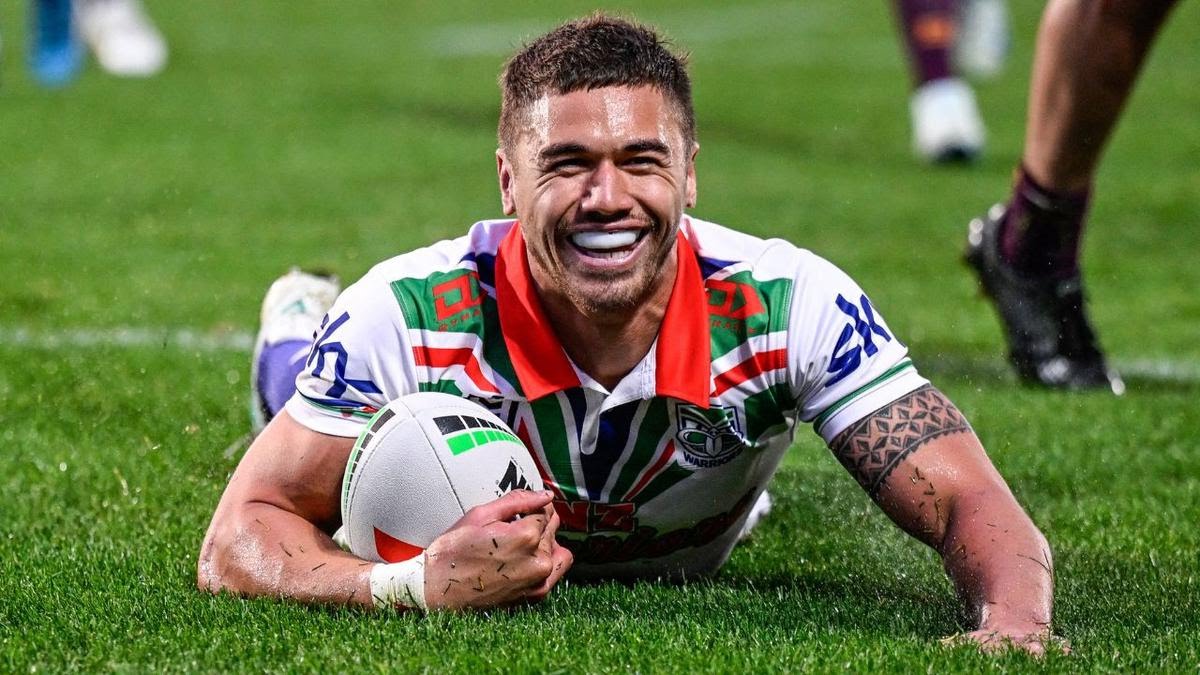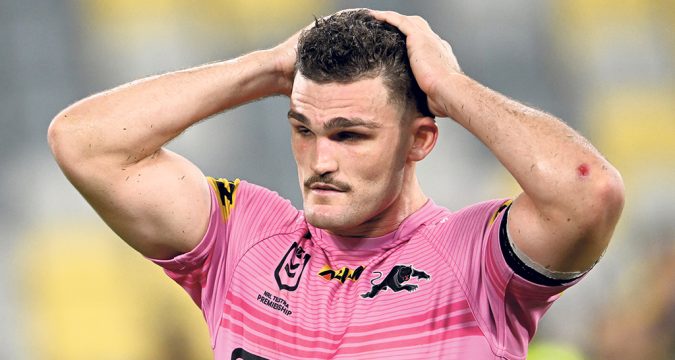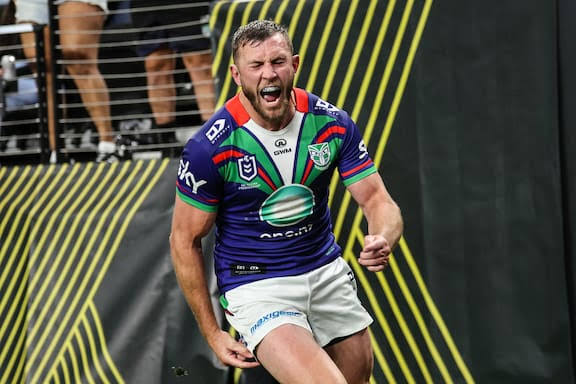The New Zealand Warriors have taken a significant step toward reshaping their future—and the broader NRL landscape—by establishing a new high-performance academy in Logan, Queensland. This bold move signals their intention to tap directly into one of Australia’s richest rugby league breeding grounds, traditionally dominated by local powerhouses like the Brisbane Broncos. And it’s sending shockwaves through the league.
This development comes at a critical time for the Warriors, a team still hunting for its elusive first NRL premiership. Recognizing the historical success of Queensland-born players in championship teams, the Warriors are moving aggressively to stake their claim in Australia’s most fertile rugby league territory. Logan, in particular, has earned its reputation as a hotbed of talent—boasting a proud history of producing elite players who’ve gone on to achieve greatness in the NRL.
Among the notable alumni from this area are some of rugby league’s most legendary names. Cameron Smith, the NRL’s most capped player and arguably one of the game’s greatest ever, hails from the Logan region. So too does Corey Parker, the Brisbane Broncos’ all-time top scorer and their second-most capped player. Canberra Raiders legend Josh Papali’i, as well as stars like Lote Tuqiri, Brad Meyers, and Jaydn Su’A, also emerged from Logan’s junior systems—especially the highly regarded Logan Brothers club, which has become synonymous with elite-level rugby league development.
Positioned strategically between Brisbane and the Gold Coast, Logan is a region that holds immense significance in Queensland’s sporting ecosystem. Its geographical location, strong community clubs, and deep rugby culture make it an irresistible target for clubs looking to shore up long-term player development pipelines. It’s no surprise then that the Warriors have chosen this exact spot to break ground on their new academy.
Warriors CEO Cameron George explained the club’s intentions clearly: the Logan facility will become a permanent base for full-time development staff and a fully-fledged elite training academy. The focus will be on nurturing both male and female athletes, offering a direct pathway into the club’s NRL and NRLW sides.
“Our elite academy for boys and girls in Logan will provide a direct pathway to the New Zealand Warriors NRL and NRLW teams,” George said. “This initiative ensures we’re not just recruiting talent, but developing it in a world-class environment close to the action.”
The impact of this move is already being felt, particularly north of the Tweed. For the Brisbane Broncos—long considered the gatekeepers of Queensland talent—this is another major threat to their once-dominant hold on local recruitment. In recent years, the Broncos have faced stiff competition for emerging stars from clubs like the Dolphins and Titans. Now, the Warriors have entered the scene with a full-scale commitment, adding more pressure to a recruitment system already under strain.
Queensland has always been a fiercely contested battleground for talent identification and acquisition. Clubs across the NRL are fully aware of the region’s ability to churn out high-quality players capable of excelling at the elite level. With the addition of the Warriors’ academy, the competition is set to intensify even further.
The decision by a New Zealand-based club to establish a physical, long-term development presence in Queensland is also a bold statement of intent. It shows the Warriors are no longer content with being viewed as an outlier club that relies solely on New Zealand’s domestic talent. Instead, they are embracing a trans-Tasman identity—one that allows them to recruit and develop athletes from both sides of the ditch. This strategic evolution could help close the gap between them and the more established, consistently successful Australian clubs.
The academy’s dual-gender focus is equally significant. In a sport that is rapidly expanding its women’s pathways and NRLW presence, having a dedicated space for developing female players places the Warriors ahead of the curve. It reflects their vision of long-term sustainability and competitiveness not just in the men’s game, but also in the women’s league, where the demand for elite athletes is growing year on year.
From a broader perspective, this move also aligns with the NRL’s desire to expand and deepen the game’s grassroots reach. Having another high-level facility in Queensland enhances the development ecosystem and provides more young players—especially those in Logan and surrounding areas—with a real shot at professional careers in rugby league.
Critically, this also helps position the Warriors as a more attractive option for Queensland families and junior players who might previously have viewed them as a distant or foreign choice. With boots on the ground, the Warriors can build stronger relationships with schools, local clubs, and communities—relationships that could bear fruit for years to come.
Brisbane Broncos, once the undisputed kings of Queensland talent development, now face even more serious competition. The club’s famed nursery is no longer their exclusive domain. The Warriors’ foray into Logan not only opens new pathways for players but also redefines the recruitment battleground across the NRL.
For Warriors fans, this marks a new chapter filled with promise. A commitment to unearthing and nurturing the next generation of champions in Queensland could be the secret weapon that propels the club toward sustained success—and potentially, that elusive premiership.
In the end, while the Broncos and other Queensland clubs may see the Warriors’ move as a threat, it might just be the shake-up the region needed. More investment, more pathways, and more opportunity for young players mean a brighter future for the sport as a whole. And for the Warriors, it may just be the masterstroke that finally closes the gap between ambition and achievement.



